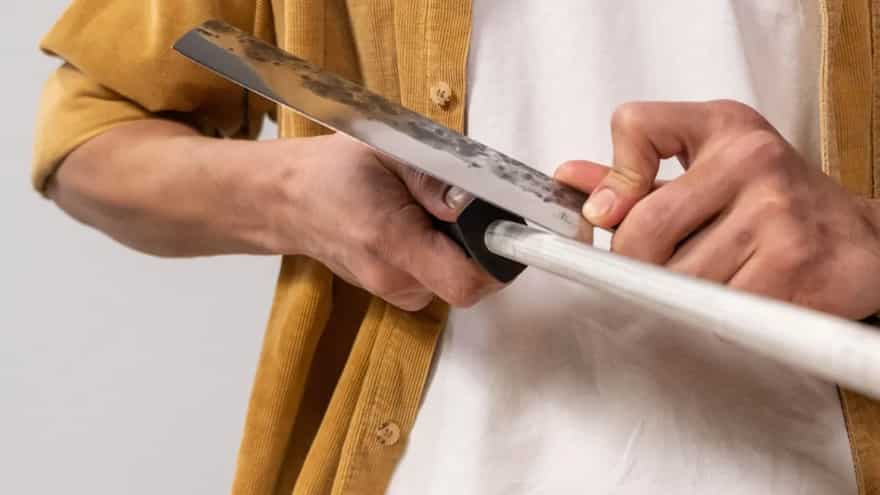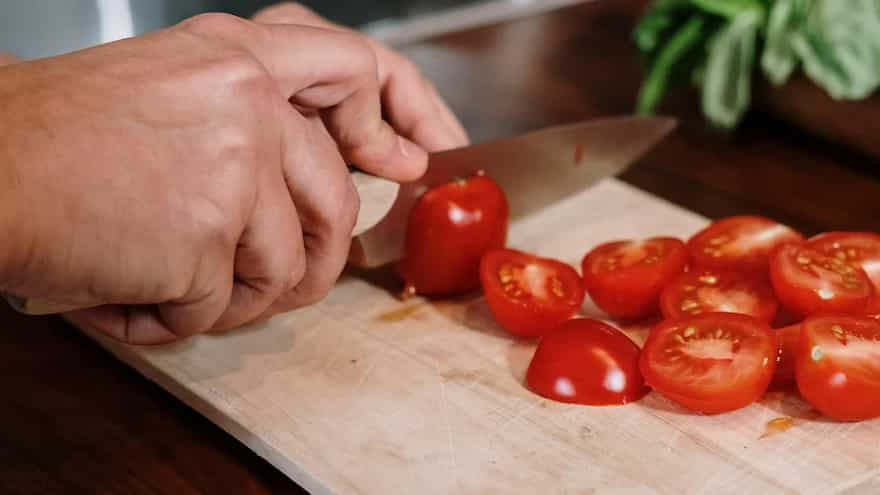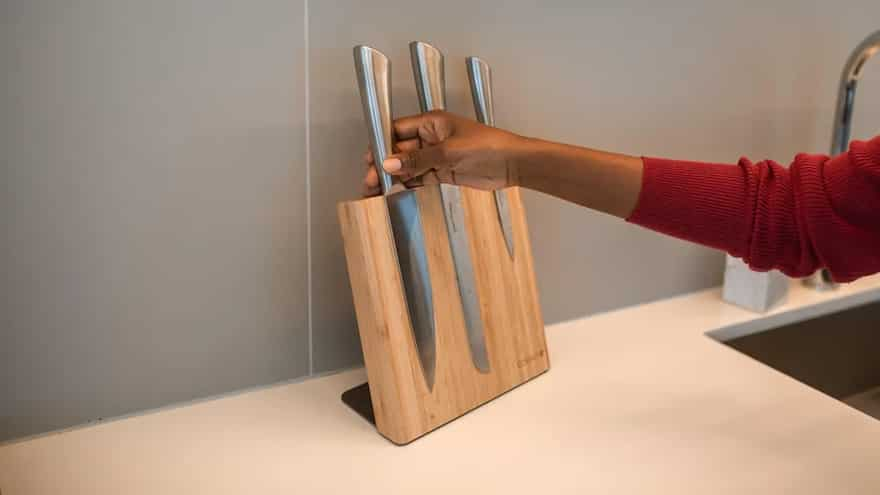Every kitchen needs a proper knife that can chop, cut, dice, and mince anything at a moment's notice. Cooking can be a meditative or therapeutic outlet for some, but for most people living hectic and busy lifestyles, spending too much time in the kitchen would take away time from their actual work. Therefore, efficiency in the kitchen is imperative for them. Brand new kitchen knives turn dull after a few weeks of usage and their sharpness can be restored with a few strokes across the honing rod. Knives that have been discarded for a while due to their dull edges can also be remedied with a whetstone. Likewise, here are 6 ways in which you can treat your knives with the care that it deserves.
1. Honing

A honing rod assists in realigning the metal on the knife without scraping off a large chunk of metal from the blade. A honing rod is a cylindrical metal stick also known as the sharpening steel. How is it used? You hold the sharpening steel in your non-dominant hand and with your knife in the dominant hand set at a 20 degree angle, you move the knife's edge from heel to tip across the length of the rod. While doing so, make sure that the motion of the knife takes it away from your body and repeat on the other side of the knife blade, as well. A knife's pass across the top and bottom of the rod is called a revolution. You ought to do six to eight revolutions before using your knife.
2. Whetstone
A whetstone is called the sharpening stone and it comes with 2 sides to it. One side of the whetstone is rougher and the other side is finer. For an extremely dull knife, one needs to corrode their edges just that little bit so that a new edge can be found on the steel. The stone is wetted with water and then the knife is angled at 45 to 60 degrees with respect to the surface of the stone and then in one motion from heel to tip moved across it and away from the body. First that is done on the rough side of the stone to create burrs on both sides of the steel. Then the finer side is of the stone is used in the same technique to smooth out the burrs and give a the knife a sharper, reformed edge.
3. Cut on appropriate surfaces

In the world of fancy cutting boards, it is important to decipher which cutting board is suitable for your knives. Marble, steel and glass cutting boards, although they look aesthetically pleasing, is actually damaging the edges of your knives. Wooden chopping blocks and nowadays, plastic cutting boards are the only cutting surfaces your knives should be plying their trade on.
4. Handwash your knives
Strapped for time, most people simply shove in their knives in the dishwasher to be done with the hassle. But the high temperatures and abrasive chemicals inside the dishwasher might harm the steel on your knife. You'll be better served to simply hand wash the knife with a sponge over the sink, which'll take only a minute.
5. Store them in a safe place

Don't simply throw in your cutlery and knife sets in a solitary drawer. Your knives deserve proper care and moving around in the kitchen drawer, it might lose it's shape quite frequently clattering with other metallic objects. Keep your knives in a dedicated stand or a kitchen drawer of their own. If it's possible invest in a protective cover for the knife, so that you don't accidentally cut yourself on it when frantically looking for things in the drawer.
6. Technique, Technique, Technique
There's no need to rush when it comes to kitchen knives. A nice set of kitchen knives can last your entire lifetime with proper care and attention. What's more important is the technique with which you sharpen or hone your knife edges. Go slow at first and understand the motion of the knife you're trying to achieve. Once you get the hang of the motion, try to perfect it. Trial and error is how you end up with sharpened knives that can cut through paper like butter.


